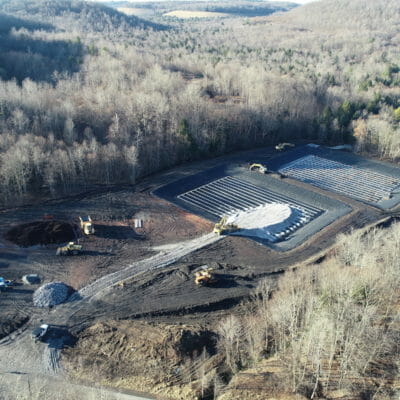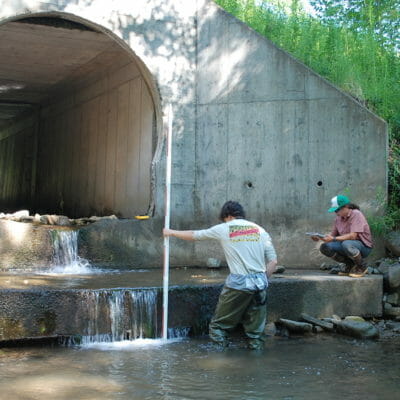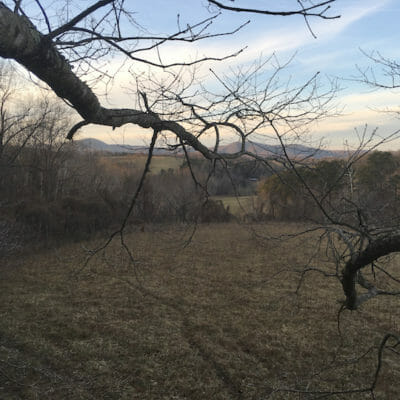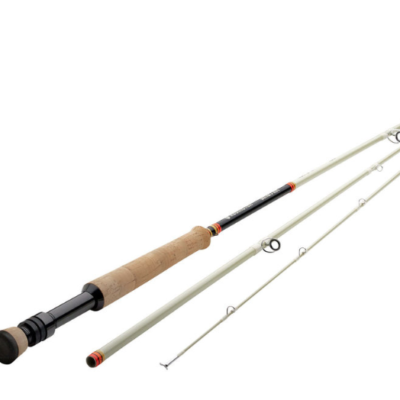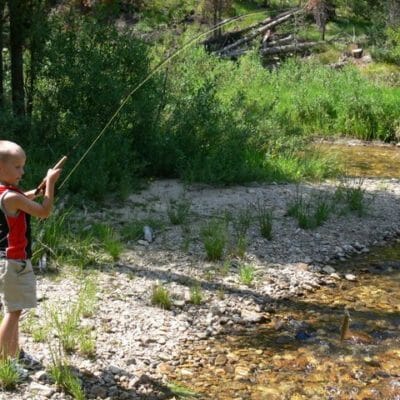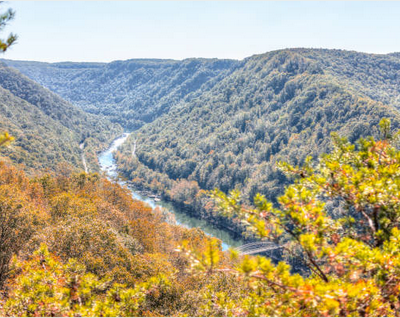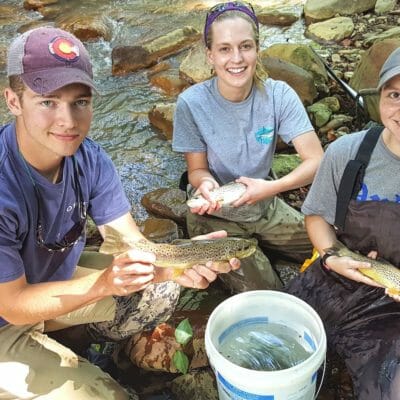by Mark Taylor | February 1, 2019 | Conservation
By Rachel Kester As a college intern at the Clearfield County Conservation District, I first sampled Potts Run in the summer of 2002 as part of an assessment of Clearfield Creek, a tributary to the West Branch Susquehanna River in northcentral Pennsylvania. Potts Run sticks in my mind because after spending all summer sampling streams degraded…
by Mark Taylor | January 31, 2019 | Conservation
By Tracy Brown Trout Unlimited uses many strategies to improve trout habitat. Around the country, Trout Unlimited is teaming up with local towns and partners to survey road stream crossings and identify priority culvert replacement projects that will benefit trout and improve flood resiliency. In New York, TU is engaged with several towns in the Hudson River Estuary. Towns…
By Mark Taylor As the sun dipped toward the western horizon on a relatively mild early January evening, I sat in what had become a pretty familiar position over the previous few weeks. In a tree. These were the waning days of deer season and I was doing my best to tag a whitetail. Here…
When I think of glass rods, I think of noodly little sticks meant to pluck backcountry brook trout from beneath overhanging willows or in tight quarters where a short backcast is as vital as a quiet presentation. But I have new appreciation for big glass after a day spent casting for tight-lipped reds and trout…
Editor’s note: This is the second in an ongoing series meant to give those who are interested in learning to fly fish the perspective and advice needed to get started. More installments will follow. If you have specific questions about fly fishing, feel free to add a comment below, and we’ll do our best to…
by Chris Wood | January 23, 2019 | Conservation
By Chris Wood “Good riddance. Think of all of the money we are saving.” I looked at Max in exasperation. He is one of the most hard-core sportsmen I know. I have hunted for whitetail with him in driving rainstorms in West Virginia, and stalked catfish on the Potomac using hummus-impregnated Clouser-minnows. He is a…
by Mark Taylor | January 23, 2019 | Conservation
By Rob Shane At the January meeting of the Pennsylvania Fish and Boat Commission, 95 stream sections were approved for Wild Trout (69) and Class A (26) designations. These streams, including a section of the famed Spruce Creek in Huntingdon County, will now receive upgraded levels of protection from development and wastewater discharge. During the…
